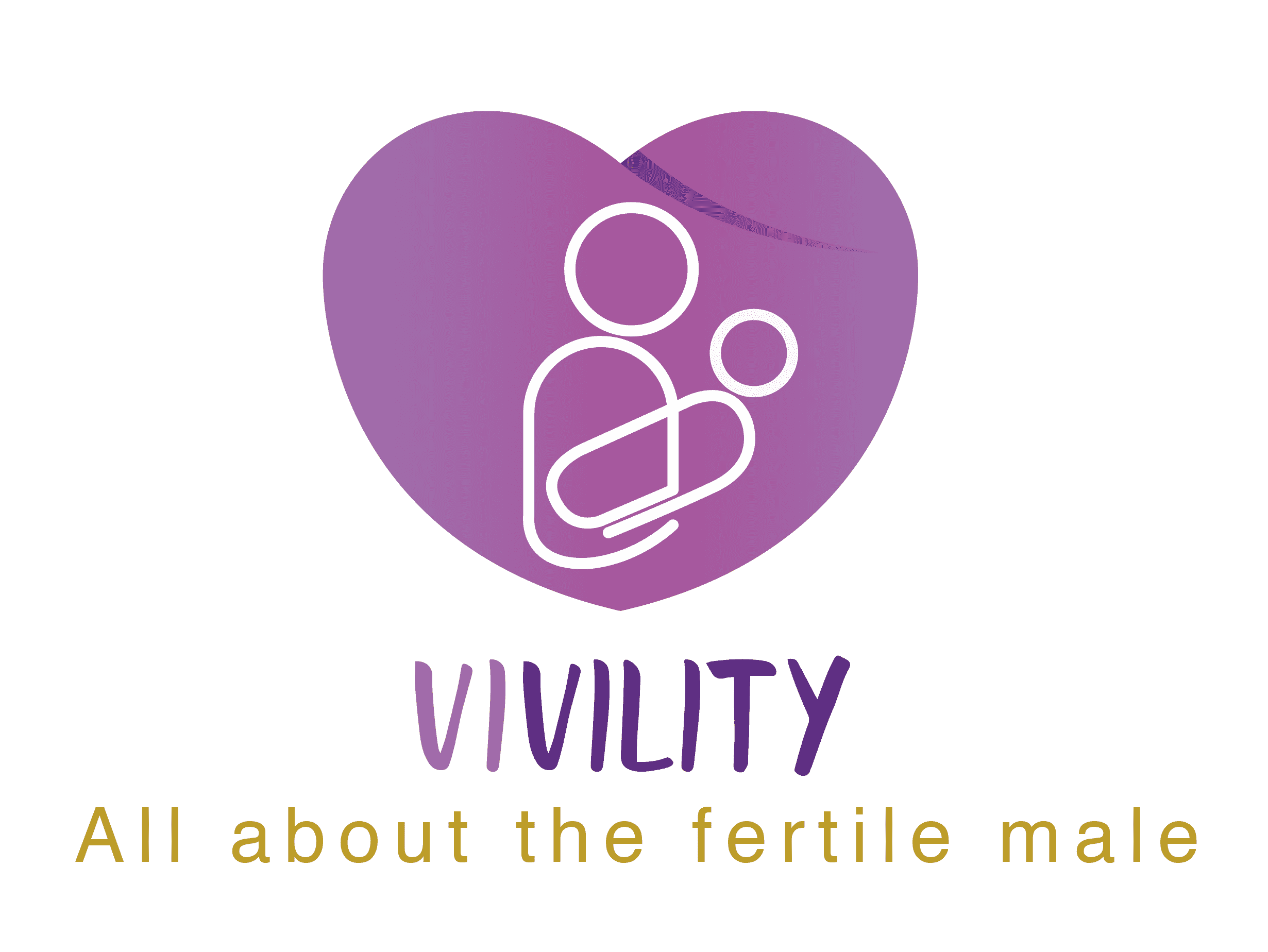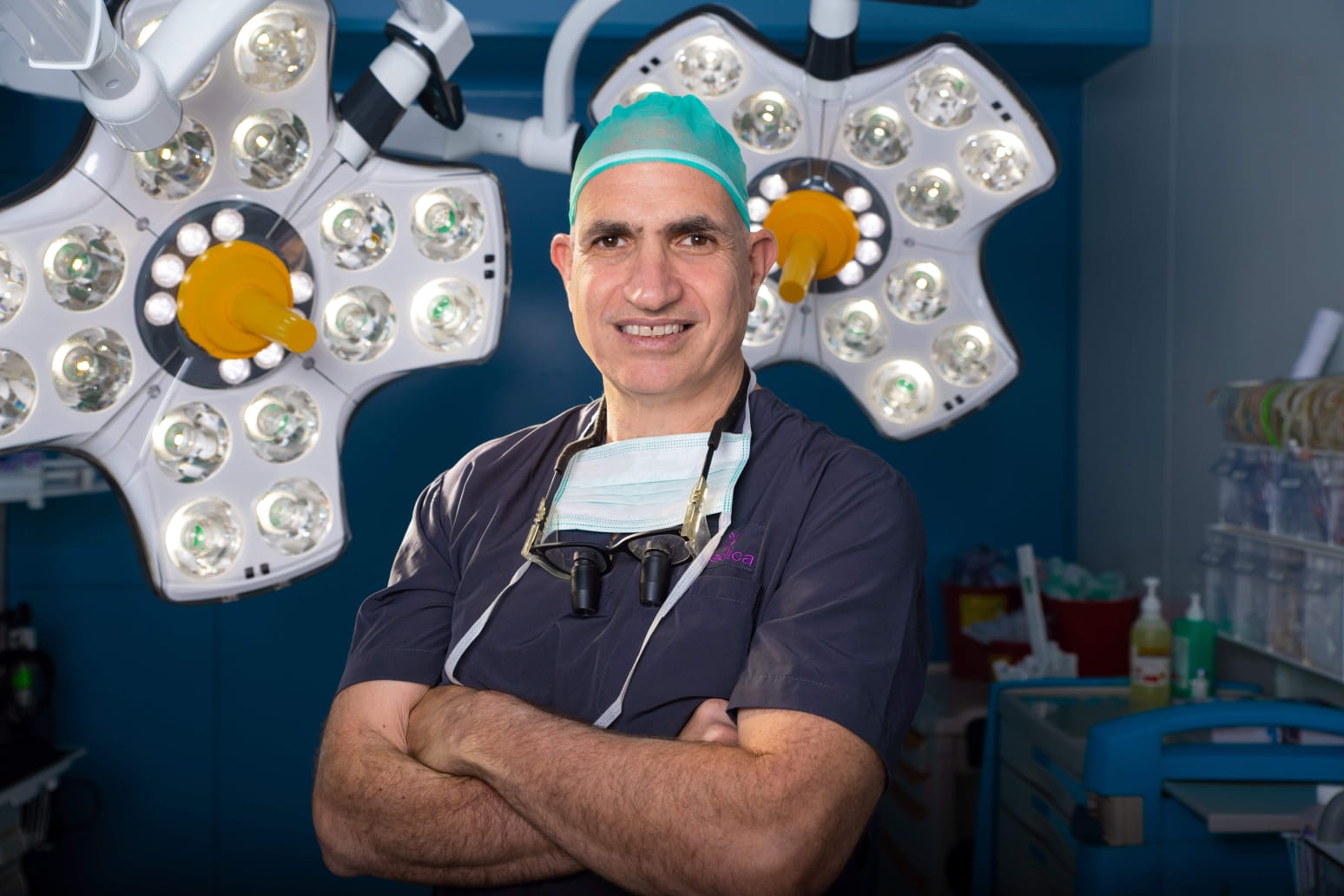Understanding the dynamics of male fertility can be complex, especially when faced with conditions like high sperm count but low motility. This condition can be puzzling for many, as it involves having a large number of sperm, yet they struggle to move effectively.
This article delves into the intricacies of this condition, exploring its causes, implications, and potential solutions.
Understanding High Sperm Count But Low Motility
High sperm count refers to having a higher than average number of sperm in the semen. However, when these sperm have low motility, it means they do not swim as well as they should.
Sperm motility is crucial for fertility because sperm need to travel through the female reproductive tract to reach and fertilize the egg. Without adequate motility, even a high sperm count may not lead to successful conception.
Impact on Male Fertility
The impact of high sperm count but low motility on male fertility is significant. While a high sperm count is generally seen as a positive indicator of fertility, low motility can negate this advantage.
Sperm motility is essential for natural conception, as it affects the sperm’s ability to reach and penetrate the egg. Therefore, men with this condition may face challenges in achieving pregnancy naturally.
- High sperm count: More sperm are available for fertilization.
- Low motility : Reduced ability of sperm to reach the egg.
- Fertility impact: Challenges in natural conception despite high sperm numbers.
Causes of High Sperm Count with Low Sperm Motility
Lifestyle Factors
Lifestyle choices can significantly influence sperm motility. Factors such as smoking, excessive alcohol consumption, and poor diet can impair sperm movement. Additionally, lack of exercise and obesity are known to affect overall sperm health, including motility.
Medical Conditions
Certain medical conditions can lead to high sperm count but low motility. These include hormonal imbalances, infections, and genetic disorders. Conditions like varicocele, which involves swollen veins in the scrotum, can also impact sperm motility.
Environmental Influences
Environmental factors, such as exposure to toxins and pollutants, can adversely affect sperm motility. Chemicals found in pesticides, plastics, and industrial pollutants can disrupt hormonal balance and impair sperm function.
- Smoking and alcohol: Negative impact on sperm health.
- Hormonal imbalances: Affect sperm production and motility.
- Environmental toxins: Disrupt hormonal balance and sperm function.
Diagnosing Sperm Motility Issues
Semen Analysis
A semen analysis is the primary diagnostic tool for assessing sperm motility. This test evaluates various parameters, including sperm count, motility, and morphology. It provides a comprehensive overview of sperm health and helps identify potential fertility issues.
Advanced Diagnostic Techniques
In addition to semen analysis, advanced diagnostic techniques can offer deeper insights into sperm motility issues. These may include genetic testing, hormonal assessments, and imaging studies to identify underlying causes.
- Semen analysis: Evaluates sperm count, motility, and morphology.
- Genetic testing: Identifies potential genetic causes of low motility.
- Hormonal assessments: Detects hormonal imbalances affecting sperm health.
Treatment Options for Low Sperm Motility
Lifestyle Modifications
Improving lifestyle habits can enhance sperm motility. Quitting smoking, reducing alcohol intake, and adopting a balanced diet rich in antioxidants can boost sperm health. Regular exercise and maintaining a healthy weight are also beneficial.
Medical Interventions
Medical treatments for low sperm motility may include medications to address hormonal imbalances or infections. In some cases, surgery may be necessary to correct conditions like varicocele.
Assisted Reproductive Technologies
For couples struggling with fertility due to low sperm motility, assisted reproductive technologies (ART) such as in vitro fertilization (IVF) or intracytoplasmic sperm injection (ICSI) can be effective. These techniques help bypass motility issues by directly introducing sperm to the egg.
- Quitting smoking: Improves overall sperm health.
- Medications: Address hormonal imbalances and infections.
- IVF and ICSI: Assist in achieving pregnancy despite motility issues.
Improving Sperm Motility Naturally
Dietary Changes
A diet rich in fruits, vegetables, and whole grains can improve sperm motility. Foods high in antioxidants, such as berries and nuts, help protect sperm from oxidative stress.
Exercise and Physical Activity
Regular physical activity enhances overall health and can improve sperm motility. Exercise helps maintain a healthy weight and boosts circulation, which is beneficial for sperm health.
Stress Management
Chronic stress can negatively impact sperm motility. Techniques such as meditation, yoga, and deep breathing exercises can help manage stress and improve fertility outcomes.
- Antioxidant-rich foods: Protect sperm from oxidative stress.
- Regular exercise: Enhances circulation and sperm health.
- Stress reduction: Improves overall fertility outcomes.
The Role of Sperm Count vs. Motility in Fertility
Importance of Sperm Quality
While sperm count is important, sperm quality, including motility, is crucial for fertility. High-quality sperm are more likely to reach and fertilize the egg, leading to successful conception.
Balancing Quantity and Quality
Achieving a balance between sperm quantity and quality is essential for optimal fertility. Both high sperm count and good motility are necessary for increasing the chances of natural conception.
- Sperm quality: Crucial for successful fertilization.
- Balance: Both quantity and quality are important for fertility.
- Optimal fertility: Requires a high sperm count and good motility.
Pregnancy Chances with Low Sperm Motility
Natural Conception
Natural conception with low sperm motility can be challenging but not impossible. Couples may need to try for a longer period or seek medical advice to improve their chances.
Assisted Reproduction Success Rates
Assisted reproductive technologies can significantly increase the chances of pregnancy for couples with low sperm motility. Techniques like IVF and ICSI have high success rates in overcoming motility issues.
- Natural conception: Possible but may require more time.
- ART success: High success rates with IVF and ICSI.
- Medical advice: Recommended for improving conception chances.
Signs and Symptoms of Low Sperm Motility
Recognizing Potential Issues
Low sperm motility may not present obvious symptoms, but couples experiencing difficulty conceiving should consider a fertility evaluation. A semen analysis can help identify motility issues.
When to Seek Medical Advice
If a couple has been trying to conceive for over a year without success, it is advisable to seek medical advice. Early diagnosis and intervention can improve fertility outcomes.
- Difficulty conceiving: May indicate low sperm motility.
- Semen analysis: Essential for diagnosing motility issues.
- Medical evaluation: Recommended after a year of trying to conceive.
Final Thoughts
Understanding the implications of high sperm count but low motility is crucial for addressing fertility challenges. By exploring the causes, diagnosis, and treatment options, couples can make informed decisions to improve their chances of conception. Lifestyle changes, medical interventions, and assisted reproductive technologies offer hope for those facing this condition.
Frequently Asked Questions
What is the medical term for high sperm count but low motility?
The medical term for high sperm count but low motility is asthenozoospermia. This condition involves having a sufficient number of sperm, but their movement is impaired. It can affect a man’s ability to father a child naturally.
Can you still conceive with a high sperm count but low motility?
Yes, it is possible to conceive with a high sperm count but low motility, although it may be more challenging. Assisted reproductive technologies like IVF and ICSI can help overcome motility issues and increase the chances of conception.
How does low sperm motility affect IVF success rates?
Low sperm motility can affect IVF success rates, but techniques like ICSI can improve outcomes. ICSI involves directly injecting a single sperm into an egg, bypassing motility issues and enhancing the likelihood of fertilization.
Are there any supplements that can improve sperm motility?
Certain supplements, such as Coenzyme Q10, L-carnitine, and zinc, may improve sperm motility. These supplements support energy production and antioxidant protection, which are beneficial for sperm health.
What lifestyle changes can help increase sperm motility?
Lifestyle changes that can increase sperm motility include quitting smoking, reducing alcohol consumption, and maintaining a healthy diet. Regular exercise and stress management techniques can also enhance sperm health and motility.


